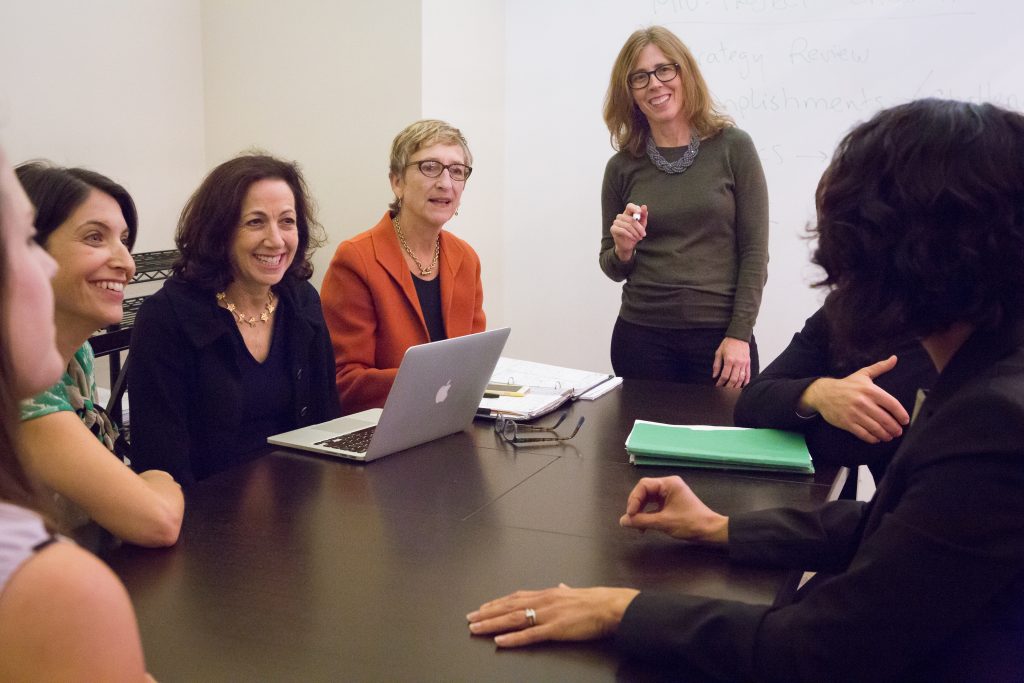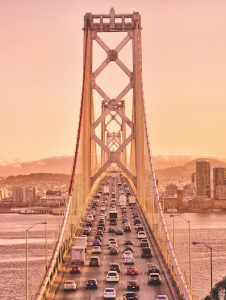Evolving from ‘Checkbook Philanthropy’ to Community Collaboration

When Susan Hirsch started Hirsch Philanthropy Partners in San Francisco in 1999, the field of philanthropic advising was nascent.
As one of the nation’s first philanthropic advising firms, Hirsch set out to change the game from “checkbook philanthropy” to a much more collaborative experience where donors work with the community, and together they embark on a mission to create change.
“People come to philanthropy at different times and for different reasons,” Hirsch says. “One of the important values for us is that we meet people where they are. Then we look for opportunities to motivate, educate, and create ideas.”
To date, Hirsch Philanthropy Partners has worked with over 2,400 community partners and directed more than $1.5 billion in donor funds to create a more equitable and uplifting world.
Q. What inspired you to begin Hirsch Philanthropy?
A. It really was one person – investment banker and philanthropist Warren Hellman [a past president of Lehman Brothers, Hellman was also the founder of San Francisco’s beloved music festival Hardly Strictly Bluegrass] – who motivated me to think about what it means to do this work. Philanthropy at that time was very much dependent on giving to an individual, to people, to an issue. There wasn’t a lot of strategy to it, and it was all about records, reporting, big meetings, and thinking about outcomes.
We work very closely with donors to help identify their mission, vision, and values. We work with organizations in the community and identify what the needs are. Then we think about what the impact may be and develop programs based on the interests and needs of the community and our clients. Sometimes we work with existing nonprofit programs, and other times we will create our own.
Q. What’s a common misconception about philanthropic advising?
A. It is definitely far beyond writing checks. Our team brings deep knowledge and expertise across issues, nonprofits, and the public and private sectors, combined with commitment and passion for creating meaningful change. For some clients, we help align their philanthropic and political giving portfolios.
We’re not a distant consultant who has a conversation and then walks away. We do a lot of stirring the pot and thinking about what’s possible. We build relationships and partnerships – often between clients, communities, and the public sector – that go deeper than a transaction.
Q.What’s a project you are particularly proud of?
A. We worked with Bob, Bill, and John Fisher, the sons of the founders of The Gap, and they wanted to do something in San Francisco that would have meaning and impact. I went around and talked to a lot of people at nonprofits and in the public sector about what’s keeping them awake at night.
After looking at a whole array of issues, we landed on the need for more playing fields in San Francisco. We created a public-private partnership with the city, and the first field we renovated was in a low-income neighborhood in The Mission. Ten years later, we had restored and expanded access to 21 fields across the city that provide over 90,000 additional hours of field time annually for local kids and families.
There was a family we talked with, and the mother was crying. She said, ‘People have talked to us for a long time and promised us something. This is actually happening.’ It’s very rare in philanthropy that you have a problem that you can identify and solve. There were challenges along the way and people questioned us and threw up roadblocks, but we overcame them and the city and communities greatly benefited.
Q. How has philanthropy changed over the years?
A. Our work has been about equity from the beginning, but today’s language around racism and structural change wasn’t as prevalent. DEI work was implicit, but not explicit. The growing understanding of how DEI intersects with all issues has been critical progress.
Over the last few years, the pandemic and racial uprising led by the Black Lives Matter movement have changed a lot. One of the things we did was act with urgency in a time of need, while continuing to invest in transformational structural change. Get money out the door and trust those who are doing the work. There’s been a shift toward what we call community-centric grantmaking. We’re not just standing at the door and handing out checks, letting the donor tell communities what they should do. The future of philanthropy needs to build on what’s possible when philanthropists and communities collaborate in true partnership.
